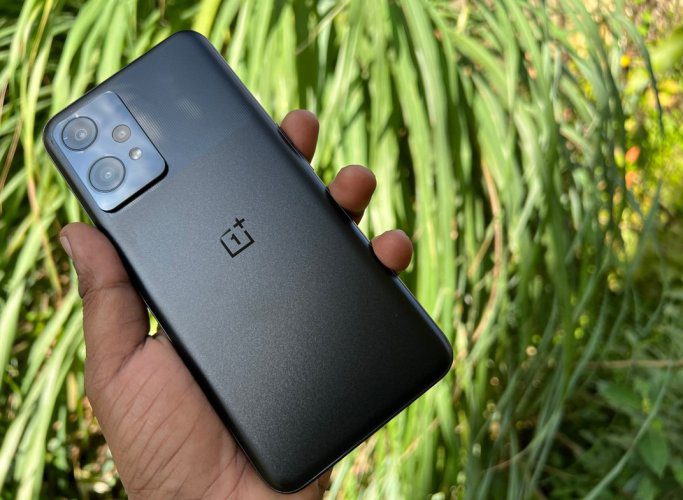An impending price war between two of the world’s largest chipmakers — Taiwan’s MediaTek and the United States’ Qualcomm — could benefit India’s mass-market smartphone buyers, with prices of 5G devices expected to fall below Rs 10,000 by the second half of 2023, according to industry experts.
“The chipset brands are expecting the demand slowdown to be reversed in the September quarter. Chinese OEMs (original equipment makers) will look to release more mid-range models to bring back the volumes,” said Sravan Kundojjala, independent semiconductor analyst.
According to Kundojjala, MediaTek had a roughly 45% market share in India in the January-March quarter, while Qualcomm had a roughly 25% share. However, due to a higher mix of premium products, the US corporation leads in terms of revenue share.
Both Qualcomm and MediaTek have stated that pricing competition will occur. However, they disagree on which products would benefit the most from it.

“Given supply constraints, we were able to exercise some pricing leverage that gets neutralised in the current excess inventory environment,” Qualcomm chief financial officer Akash Palkhiwala said, answering an analyst’s question recently.
During a recent earnings call, MediaTek CEO Rick Tsai stated that the business faced intense pricing competition, but that it was primarily limited to “certain entry smartphone products.”
Tsai, however, stated that MediaTek will not pursue bottom-of-the-barrel pricing because it does not result in end market demand or significantly changes total market share.
Kundojjala predicted that both Qualcomm and MediaTek would release new chips with aggressive pricing. He stated that they are rethinking their designs of 5G chipsets with a lower cost structure by reducing the number of 5G radios and 5G bands.
Wafer costs for leading-edge nodes remain high, so cutting back on radios and other features will be one way to save money. This will reduce the pricing disparity between 4G and 5G chips.
However, according to Counterpoint Research analyst Parv Sharma, price competitiveness will only be observed on end-of-life goods, as foundry costs are still too high to spark a pricing war.
Also Read:








